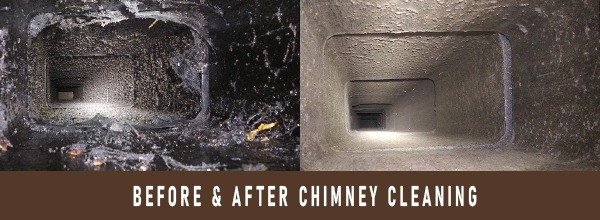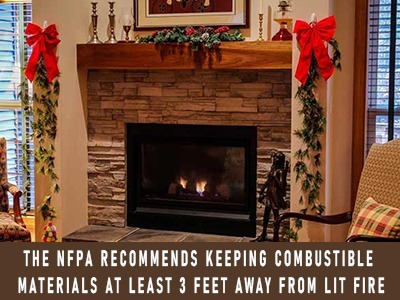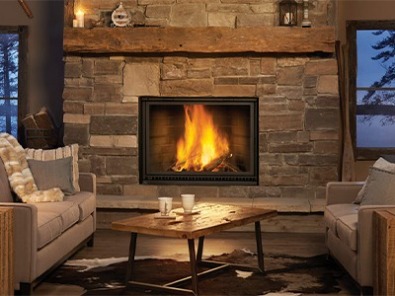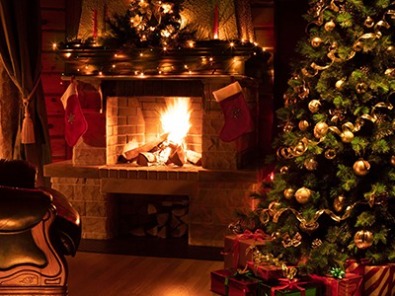Top Wood-Burning Fireplace MistakesTop Wood-Burning Fireplace MistakesWinter is nearly here, and so is fireplace season. While sitting in front of the fire is one of the biggest joys of the season, it should be done so safely. Here are the top wood-burning fireplace mistakes and how to correct them. Not Cleaning or Properly MaintainingAccording to the EPA (Environmental Protection Agency), the leading factor contributing to home heating fires is failure to clean creosote buildup. Excess creosote, a byproduct of wood combustion, is extremely flammable and can build up in the chimney over time. Without proper cleaning, the build up can catch fire and quickly spread up the flue. Annual servicing and leaning by a professional can prevent any potential problems. This yearly maintenance can stop small problems dead in their tracks before they become much larger and much more costly issues. 
Burning the Wrong Type of WoodAll wood burns, however not all wood burns the same way. It is recommended to use hardwood, such as maple, oak or birch. Hardwoods tend to burn hotter, provide a longer burn time and produce less creosote. In comparison, softer woods such as pine or fir burn faster and easier. However, they tend to leave more ash and residue. You will get the best results from seasoned hardwood that has been cut, stacked and allowed to naturally dry for at least 6 months. For best performance, opt for firewood that has a moisture content below 20%. Placing Flammable Items or Décor Too Close to the FireplaceWhile we all adore the look of Christmas decorations or stockings hanging along the mantel, safety is key. The National Fire Protection Agency (NFPA) recommends keeping any combustible materials at least 3 feet away from a lit fire. This includes decorations, blankets, pillows, furniture and wrapping paper. Keep in mind that even a Christmas tree can be a fire hazard is placed too close. If you chose to hang stockings along the mantel, remember to remove them before lighting a fire. 
Not Opening the DamperThe damper is located inside your chimney. When closed, it prevents heat from escaping when the fireplace is not in use. The damper must be opened before starting a fire. This will allow smoke and other harmful combustion byproducts to safely rise up and out the chimney. Using Liquid Flammables to Start the FireAccelerants such as lighter fluid or gasoline are dangerous in a fireplace and release fumes that can be toxic. Accelerants can cause a fire to grow too quickly and become difficult to control. This could potentially cause severe damage to your chimney as well as your home. Instead, choose kindling to get your fire started. Additional Safety Tips


|